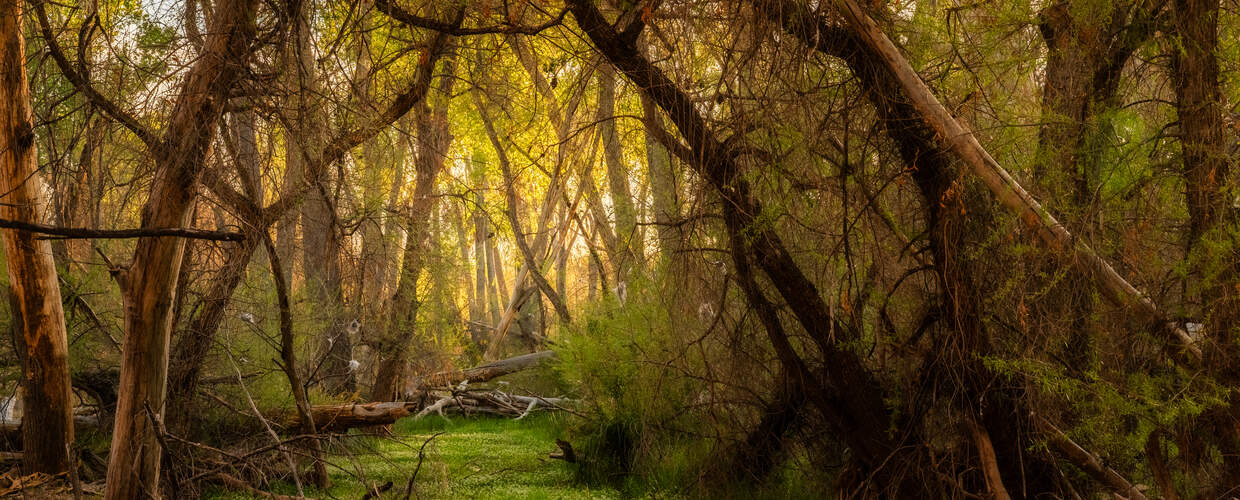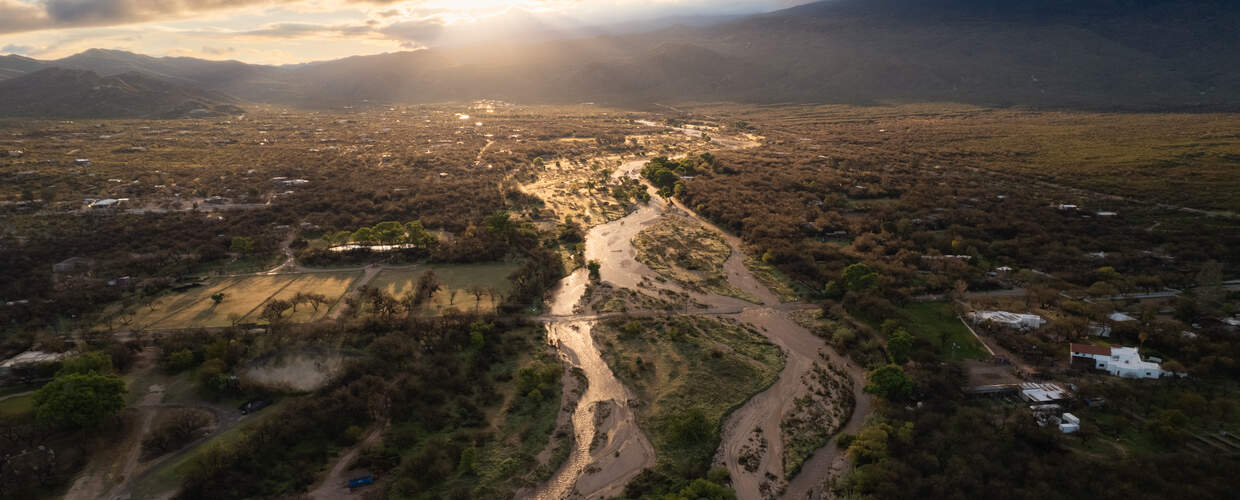The Story of Tucson's Rivers
For thousands of years, the Santa Cruz River and its tributaries, including the Rillito and Pantano Rivers, as well as the Tanque Verde, Sabino, and Cienega Creeks, had stretches of year-round and seasonal flows which supported communities of Indigenous peoples, extensive wetlands, and a huge diversity of plant and animal life.
The Ever-Changing Santa Cruz River
From early to mid-1900s, these creeks and rivers dried up due to extensive groundwater pumping. Among the pressures on groundwater were growing population and associated urban development, mining, and agriculture. [1] Today, most of these creeks and rivers flow only after heavy rains, with just a few patches of perennial stretches. In our Fall 2019 newsletter, we illustrated where rivers and creeks are flowing year-round, seasonally, and only after rainstorms. [1] Glennon, R. (2002). How Does a River Go Dry? The Santa Cruz in Tucson. In Water Follies: Groundwater Pumping and the Fate of America’s Fresh Waters (pp. 35–50). Island Press.
1919
2003
1942
1989
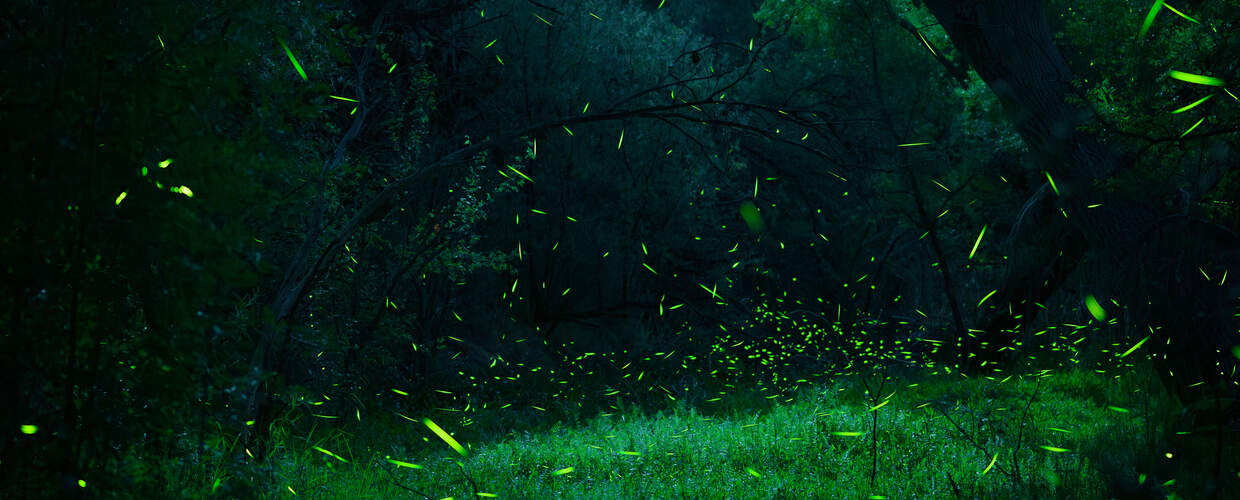
Our Memories of Flowing Rivers
Community stories about Tucson's creeks and rivers
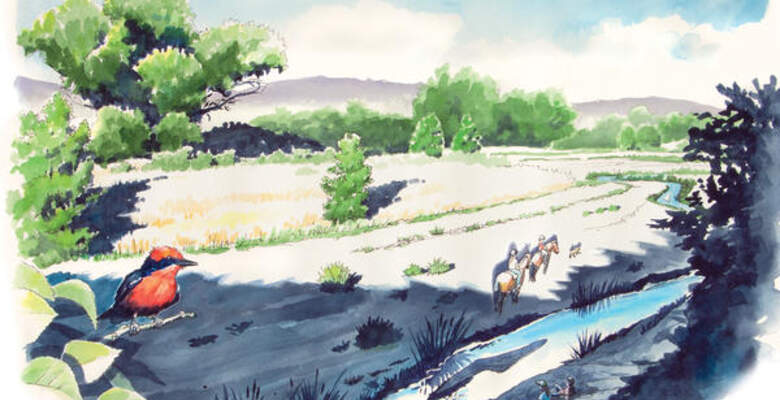
Santa Cruz River ~ 1930s
"I lived in a little adobe house that was built by my landlord in the '30s from an adobe pit in the backyard. He had stories about when he lived there in the '30s. The river was flowing the and it was not marshy, but it was lush down there by the river. There were plants and those big reeds, the carrizo." ~ Berta
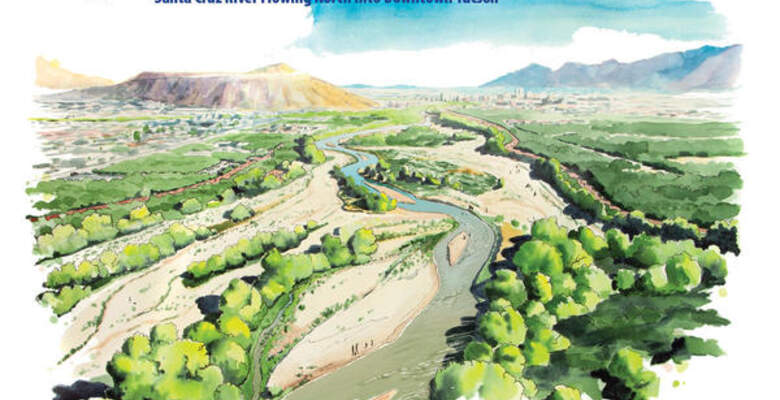
Santa Cruz River ~ 1950s
"It wasn't running much but they built a little lagoon just south of Congress, and they put in little paddle boats where you could take your girlfriend out there and be romantic in the moonlight. The water was all fed by the Santa Cruz, but it was barely running." ~ John
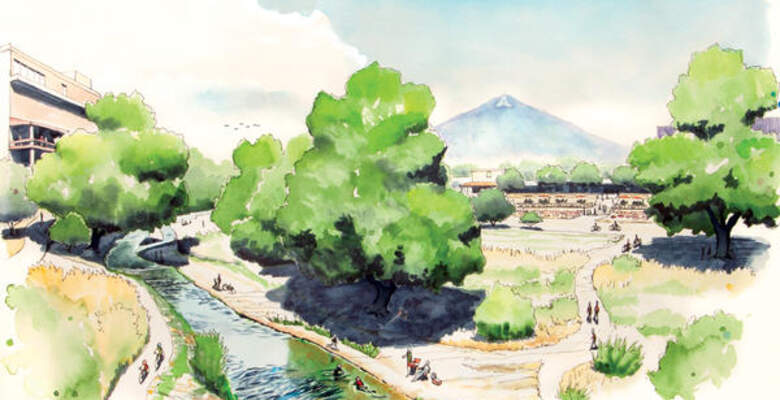
Rillito River ~ 1994
"There were these big cottonwood trees that got uprooted when the river bank eroded. They were somewhere between four and six feet wide. We were speculating how old these things might be. When my colleague [from the tree ring lab] sampled them, we saw that the trees weren't that old, but they were huge. These trees that grow by the water, wow they really grow fast. Now there aren't that many big cottonwood trees along the Rillito." ~ Gregg

Sabino Creek ~ 1950s
"Sabino coming right out of the mountains up there would just roar, and that was a rocky, stony area. It would change the look of the river when we had big floods. So way back, that water would channel to farmland below, and they would use the old sloughs to drain the water down to where the flatter land was, where they could raise crops. Then that ran into the Rillito and together that became a real water source for the whole city." ~ John
